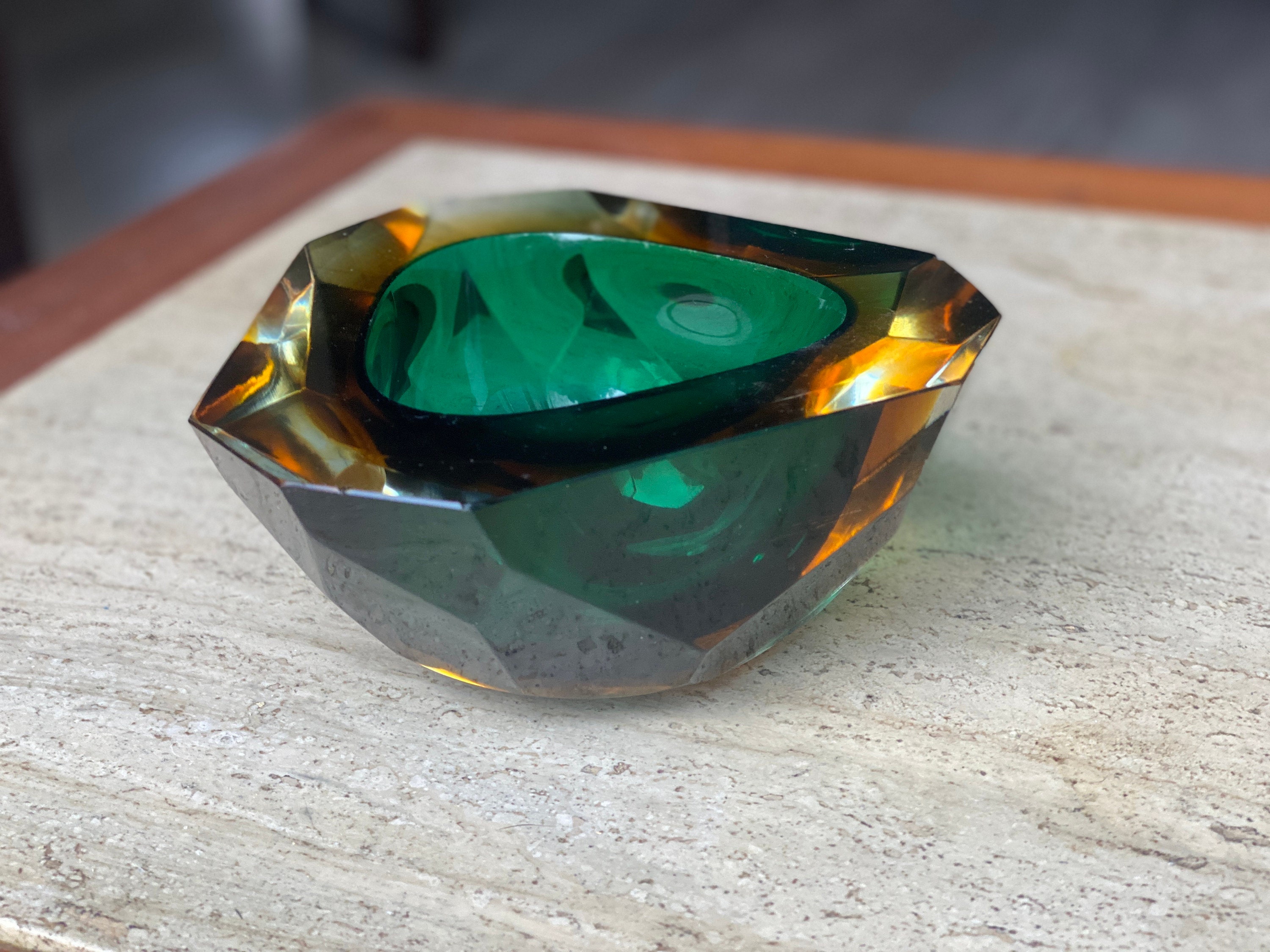By: David Braselton
Imagine a game show, the clock ticking, and the question is: "What seven-letter word represents a ubiquitous, artful object found in nearly every mid-century home?" The answer, to your suprise, is "ashtray."
It's hard to picture now, in our increasingly smoke-free world, but for decades, the ashtray was a fixture on coffee tables, desks, and sideboards. It was more than just a receptacle for ash; it was a decorative object, a conversation starter, and often, a miniature work of art.
Whether it was a sleek piece of hand-blown Murano glass, a colorful ceramic creation from a local studio, or a mass-produced but stylish design from a company like Blenko or Haeger, the ashtray was an opportunity to inject personality and design into everyday life.
And, crucially, it was often off-limits. Like the fancy guest soap that was purely for show, the ashtray, especially the good one, often held a special status, revered even if unused. It was a small, accessible luxury, a touch of elegance in the everyday.
The decline of smoking has, understandably, led to the disappearance of the ashtray from most homes. But with its departure, we've arguably lost something more than just a functional object. We've lost a common, everyday canvas for accessible art.
What object today holds a similar position? Is there a modern equivalent of the decorative ashtray – a small, affordable, and widely available object that allows for such a broad range of artistic expression? The question lingers. While the ashtray's primary function is now largely obsolete, the vintage pieces that remain serve as reminders of a different time, a time when even the most mundane objects could be imbued with beauty and artistry.
They're a testament to the power of design to elevate the everyday, and a call to consider what, if anything, has taken their place in our modern homes. What do you all think?
